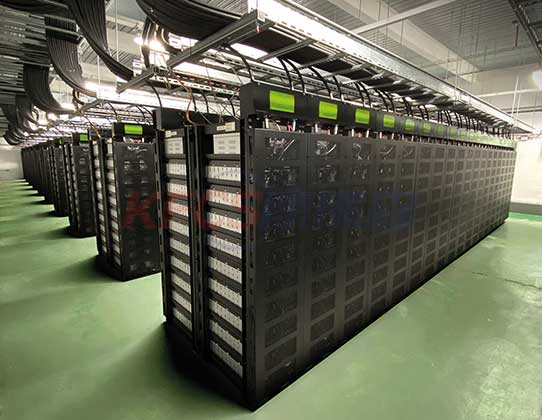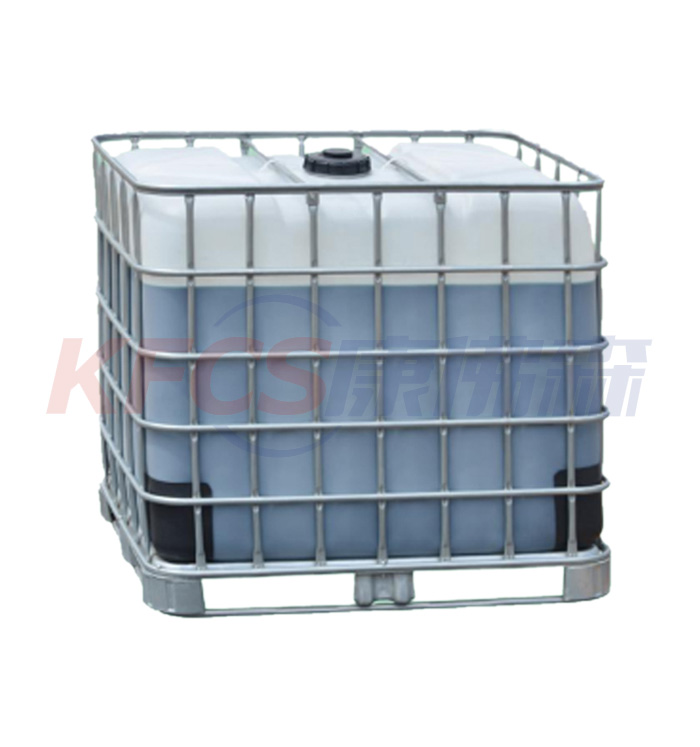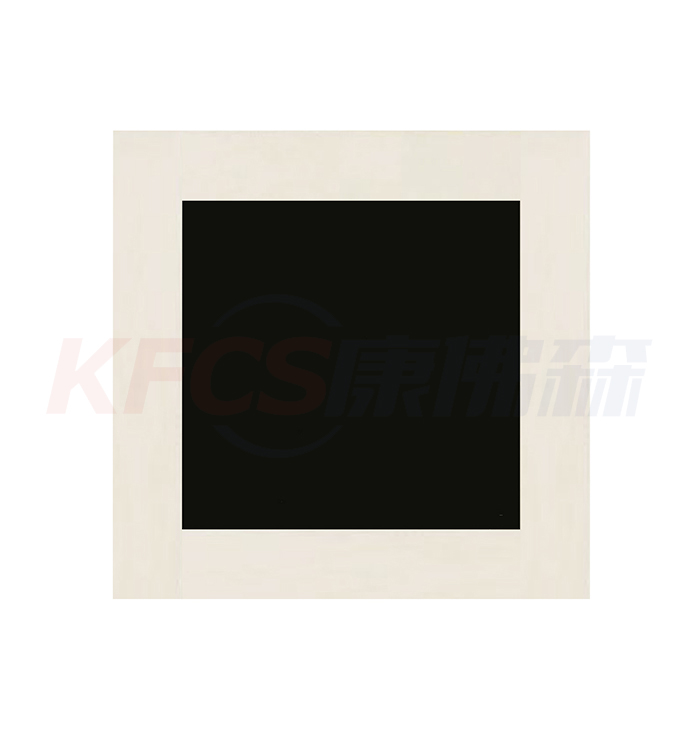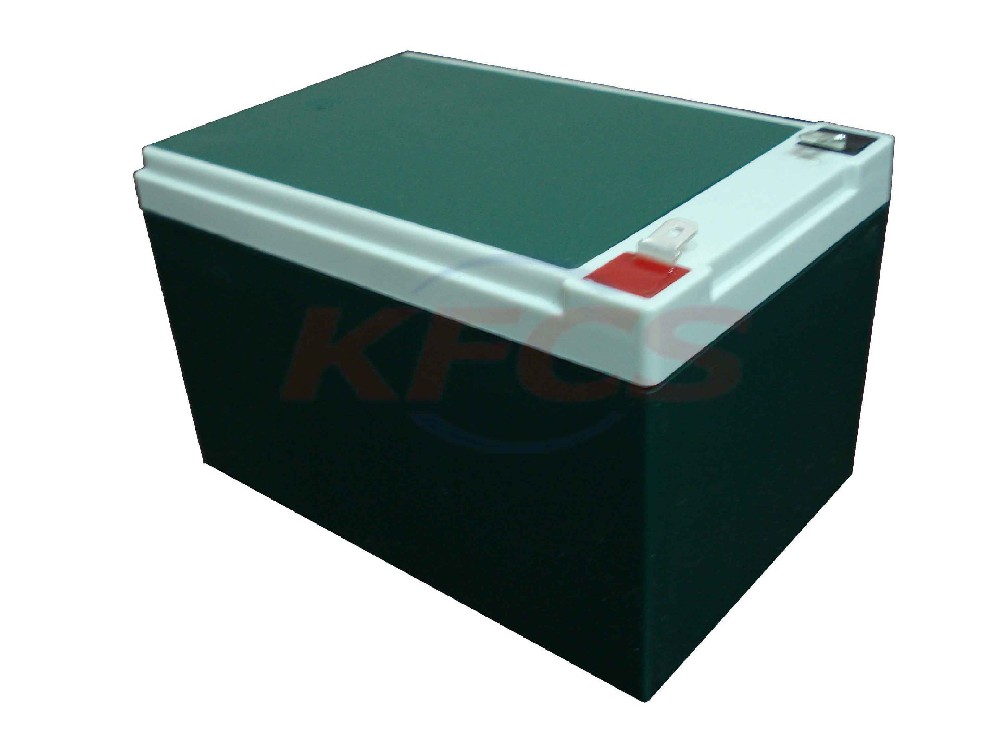Diluted high-concentration electrolyte improves LMB cycling performance, study finds
2022-02-22
According to foreign media reports, researchers at DGIST (Gyeongbuk Institute of Science and Technology, South Korea) have demonstrated that lithium metal batteries can be cycled over a wide temperature range (2-60°C) by employing a new high-concentration electrolyte dilution technique. The discovery could have important implications for the development of electric vehicle batteries.
The research group, led by Prof. Hongkyung Lee and Hochun Lee, mainly investigated the effect of high-concentration electrolyte (HCE) dilution on the cycling of lithium metal batteries (LMBs) over a wide temperature range. Studies have shown that HCE dilution significantly improves the transport of lithium ions at lower temperatures, as well as the thermal stability of the solid-electrolyte interface at higher temperatures, thereby improving the cycling performance of lithium metal batteries.
Compared with lithium-ion batteries, lithium metal batteries have ultra-high energy density and can achieve shorter charging times, but they have low current efficiency, poor cycling performance, and are prone to lithium dendrite formation. The scientists found that using HCE diluted with ether-based solvents could solve these problems and improve performance. However, determining how HCE dilution affects LMB over a wide operating temperature range remains unresolved.
Professor Hongkyung Lee said, "Deterministic interfacial stability of electrolytes is a key issue to ensure battery performance. This study may provide a rational strategy for diluting HCEs to stabilize highly reactive lithium surfaces. The findings of this study can provide clues for designing electrolyte microstructures, Determining its fundamental effect on interfacial stability over a wide temperature range could help Li metal batteries achieve truly stable cycling."
HCE is usually viscous, and dilution can increase ion transport within the cell and improve electrode wetting. The research team employed a new HCE dilution technique and thus was able to demonstrate good LMB cycling performance over a wide temperature range of 2-60°C. This study performed comparative electrochemical analyses of model HCE and HCE diluted with 1,1,2,2-tetrafluoroethyl 2,2,3,3-tetrafluoropropyl ether (TTE).
Experimental results show that TTE dilution significantly improves Li-ion transport and reduces dendritic Li plating formation at low temperature, which is crucial for maintaining cycling stability. The study also found that TTE is the main reason for the formation of the thermally stable solid-electrolyte interface, which determines the high-temperature cycling capability of the LMB. Research analysis shows that TTE dilution can also be validated for high-voltage cycling in favor of lithium batteries.
About News
- Megawatt vanadium battery system
- VFB-1KW all-vanadium flow energy storage system
- Components of vanadium battery system
- Solutions for battery recycling of electric vehicles
- Recycling of used lithium batteries helps protect the environment
- Principle of Vanadium Redox Battery
- The basic principle of all-vanadium redox flow battery
- Application of all-vanadium redox flow battery
- Application of vanadium battery in farm
- Battery industry production continues to grow
Products








